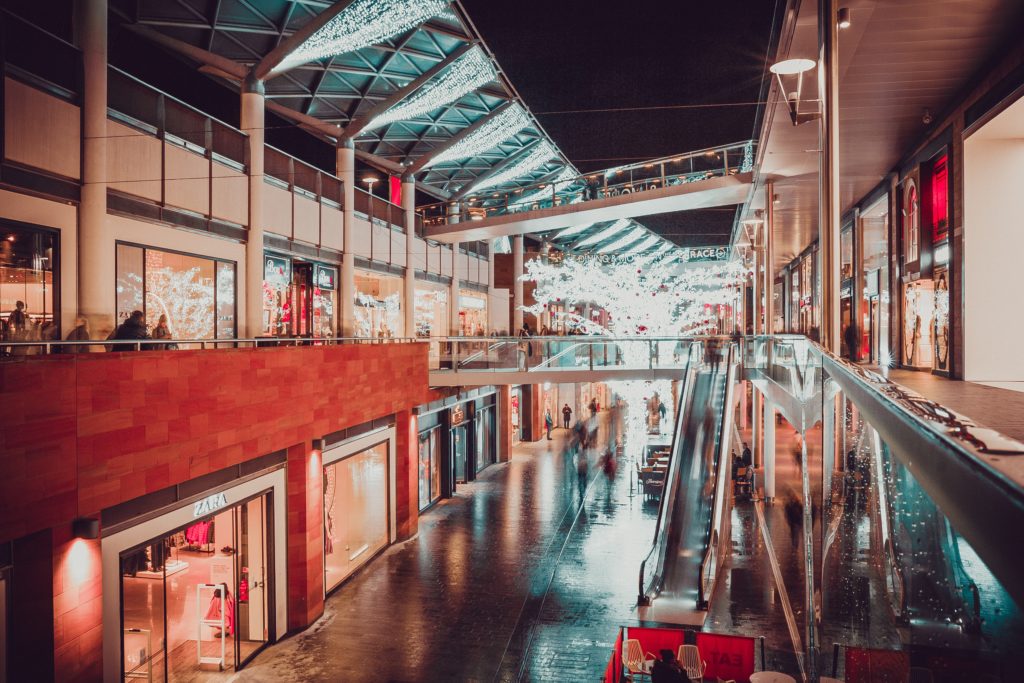Building designers and developers are growing continually wary of spaces larger than 15,000 square feet. Why does this matter to you as a retailer? Because the paradigm has shifted. In the past, every mall or commercial building was after a Big Box store, which could rent out a significant amount of space. What’s not to love, right? Consistent payments, good long-term tenant outlook, and a reason for much of the foot traffic around the building. These days, however, the model has moved towards giving smaller stores a priority.
Here’s why:
More Risk Than Ever
As we’ve been learning over the last five years, giant retailers aren’t finding as much success as they used to. With people trading in their walking shoes for laptops, the battle for the market’s consideration set has been an uphill one, to say the least. Thinking this through from the perspective of a building developer, that’s a lot of risk to put on one tenant. As the adage goes, don’t put all of your eggs in one basket. Landlords have taken that to heart and would prefer to spread out the risk across multiple shops. They need to be able to pivot if a concept does not succeed and being stuck with swathes of unusable space isn’t the most attractive value proposition.
Power In Numbers
When it comes to margins, it’s hard to disagree with the numbers. Building owners understand that many of the largest retailers hold a lot of leverage during contract negotiations. With the significant spends that are associated with larger rentals, it’s easy for these entities to whittle down a building’s profit margins by threatening to move over to a competing property. Additionally, in the past, big stores provided the foot traffic that would eventually bring in residual sales for the other shops on the block. Because people don’t go to the mall specifically to check out the department stores anymore, one of the biggest pieces of leverage for Big Box locations has now left the table. With smaller shops, these issues just aren’t a reality. Turnover may be higher, but there is power in the numbers. All in all, buildings are now being incentivized to go small.
As a retailer, what are your thoughts on the current state of the industry? If you’re looking for ways to fuel more traffic and sales now that the Big Box stores have left the aisle, we encourage you to connect with us through the Calendly scheduler that is in the upper right-hand corner of this page, or contact us here.
